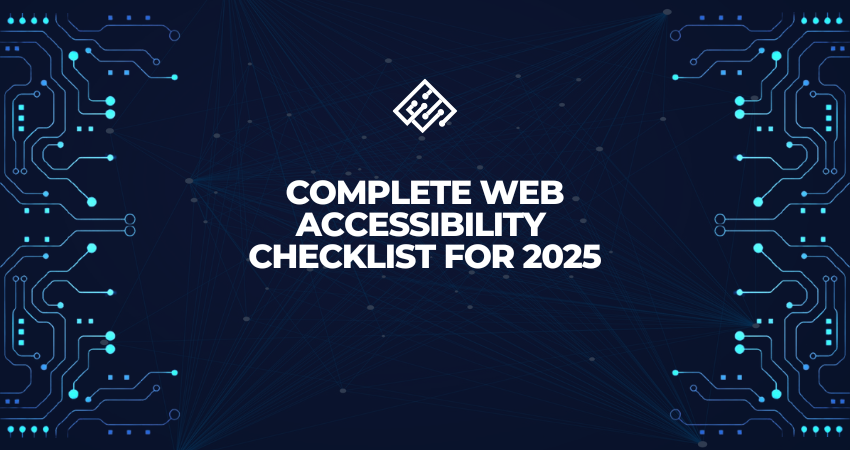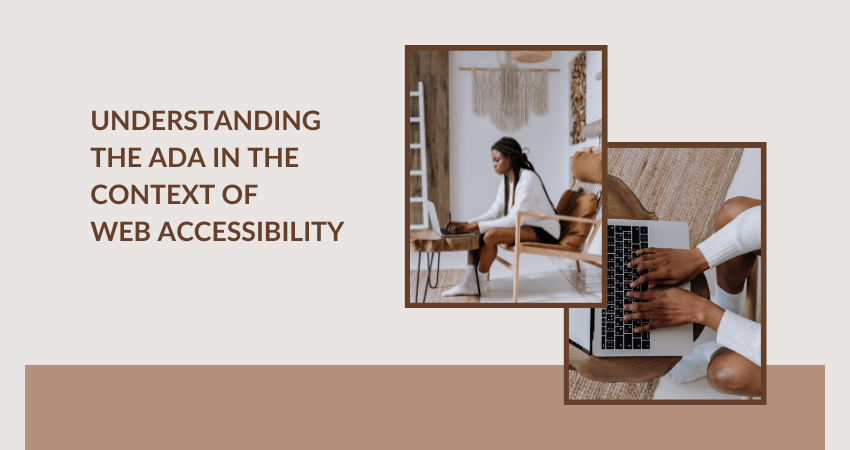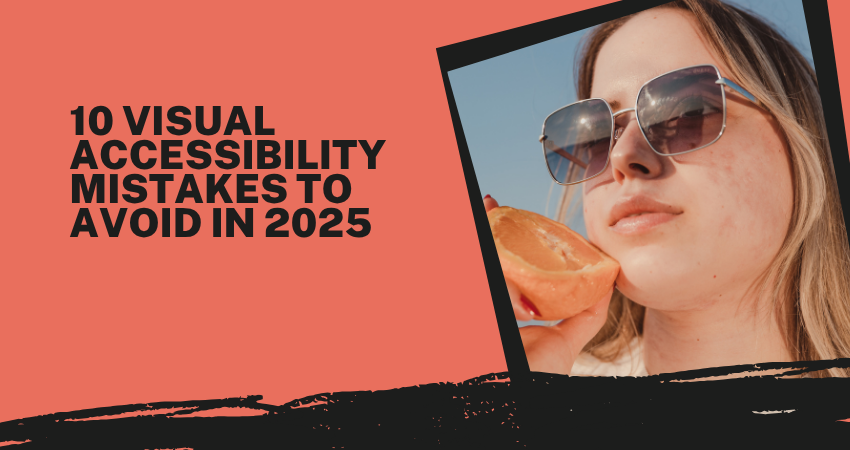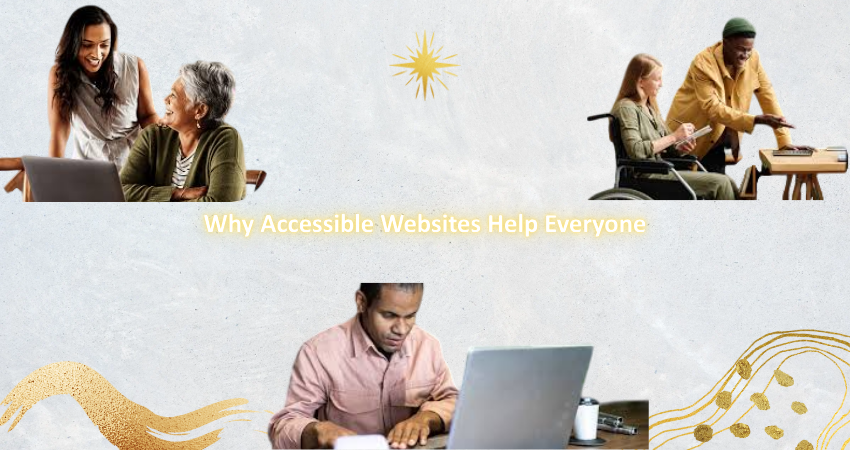How Web Accessibility Evolved from 1990s to Today

Introduction As with many things, the course of web accessibility has been something of a metamorphosis, ranging from an barely acknowledged concept in the 1990s to one of the major tenets of digital design and development today. In the beginning days of the internet, very few websites were text-heavy, static, and no consideration whatsoever was given […]
The Beginner’s Guide to Product Filter UX Design

Introduction Product findability in e-commerce and digital marketplaces is critical to user satisfaction and business success. With the growth of online stores with inventories reaching the thousands of items, organizing and navigating through these collections become even more complex. That is where product filters come into play. Product filtering is an integral part of user experience […]
Developing for Screen Reader Compatibility

Introduction Today, accessibility isn’t treated as anything but necessary; it is a required design and development feature. Screen readers are tools that furnish people with visual impairments with the capability to interact with websites, applications, or digital services. They translate what is on the screen and vocalize that of content, enabling auditory navigation and comprehension. As […]
Complete Web Accessibility Checklist for 2025

Introduction Over the last few years, web accessibility has changed from a best practice to one that is now being legally enforced. The internet is a vital part of services, education, information, and commerce, yet millions of people with disabilities could face barriers in trying to access anything online. This is when a strong web […]
Usability Principles That Support Web Accessibility

Introduction Web accessibility is the plan that makes digital products accessible for persons with a wide spectrum of abilities and disabilities. Too often, the discussion is around compliance with WCAG guidelines; adding alt text, supporting screen readers, etc. While all these points are important, it must also be noted that accessibility is primarily about usability. […]
Understanding the ADA in the Context of Web Accessibility

Introduction Disabilities Act 1990, the Americans with Disabilities Act (ADA), is perhaps the most notable civil rights legislation within America. Its objective was to prevent discrimination against people with disabilities in terms of employment, education, transportation, and almost every public and private space available to the general public. Over the last couple of decades or so, […]
10 Visual Accessibility Mistakes to Avoid in 2025

Introduction After all, by 2025, digital inclusivity has become the in-vogue duty. With sophistication taking over the apps and websites, checking visual accessibility becomes a serious step toward an overall inclusive experience. Visual accessibility is a design notion aimed at providing an easier interaction between users that are visual impaired (like color blindness, low vision, […]
Inaccessible Design and Its Negative Brand Impact

Introduction In an era in which websites and applications often serve as the first and last points of interaction with any business, accessibility is no longer a “good-to-have”, but rather has become a “must-have”. Sadly, many corporations around the world continue to churn out products that do not factor in the needs of their customers with […]
A Beginner’s Guide to Web Accessibility Standards

Introduction In modern times, digital websites tend to be a primary business presentation before its customers. But for millions of people who have disabilities, many websites remain cumbersome or even impossible to operate. Web accessibility concerns itself with ensuring that everyone can access, comprehend, and act upon online content, irrespective of ability. Accessibility design makes the […]
Why Accessible Websites Help Everyone

Introduction Websites have become, in the digital age, the main gateway through which people access information, services, and opportunities. Many sites, however, continue to remain inaccessible to persons with disabilities, barring them from participation in online communities and commerce. Web accessibility, therefore, means practicing designing the websites in such a manner that every person—including able-bodied […]